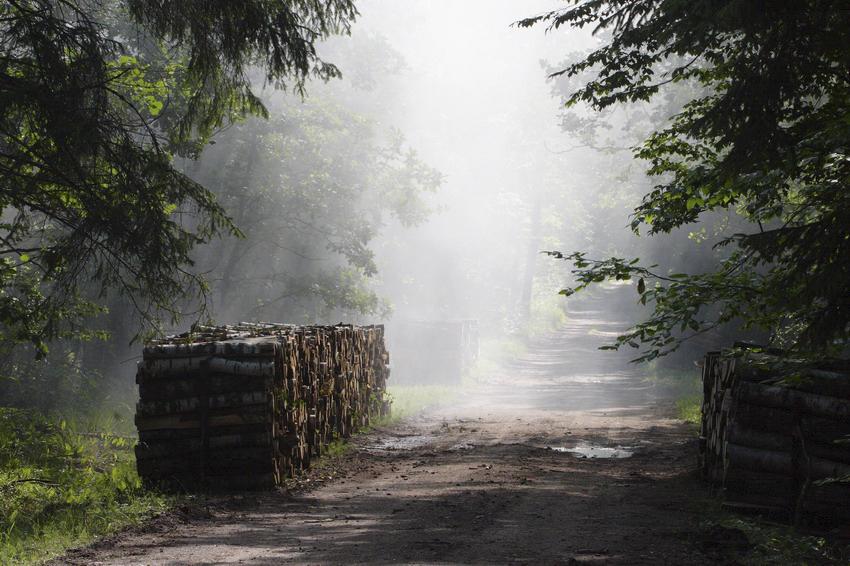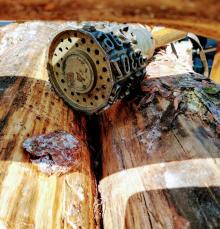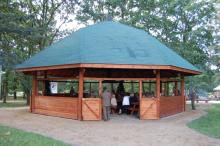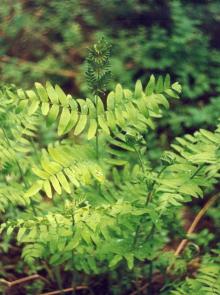 Asset Publisher
Asset Publisher
The State Forests National Forest Holding
The State Forests National Forest Holding is the largest organisation in the European Union managing forests, which belong to the State Treasury and celebrating its 90 anniversary this year.
Presently, we manage the area of one third of Poland's territory. Not long after the end of the Second World War, there was only 21 % of the area. Every year we plant 500 million of new trees, as we want Polish forests grow all the time.
Every year Polish foresters plant 500 million of trees.
85 % of nature reserves in Poland are located within the State Forests. 40 % of the forests managed by General Directorate of the State Forests are protected within the framework of European network Natura 2000. We fight against many threats: natural disasters, plaques of insects, trees' diseases, fires, pollutions, as well as poaching and vandalism.
We take care the forestry supplying the market with timber, as ecological and universal material, to be carried on in accordance with rules of balanced development (photography P.Fabjański).
One of our major tasks is making forests accessible to the society. We invite you to take advantage of these beautifully located within the forest wilderness holiday resorts, forester's lodges or guest rooms. That is for you, we create thousand kilometres of hiking trails, cycling paths or camping sites. All the above mentioned, you can find in service www.czaswlas.pl.
We also take care the forestry supplying the market with timber, as ecological and universal material, to be carried on in accordance with rules of balanced development. We obtain over 30 million of cubic meters of wood annually, twice as much as at the beginning of the nineties of the XX century.
Despite of this, the average of wood abundance per hectare of our forests is one fourth bigger than 20 years ago and 40% bigger than the average of European Union currently amounts.
In Poland in sectors connected with the forestry, there work about 375 thousand of people. It means that each 40 working Pole works in the forest.
In Poland in sectors connected with the forestry, there work about 375 thousand of people. It means that each 40 working Pole works in the forest. The sector of wood processing works out approximately 8 % of our GDP (Gross Domestic Product). Among others, thanks to the timber from the State Forests Poland is the 10 largest producer of furniture in the world, and the 4 largest furniture exporter.
The State Forests employ 25 thousand people. That way we are the 9 biggest employer in Poland. Among the largest companies in our country it takes 22 place in respect of its incomes and 11 place in respect of its profits. The value of assets, we manage, reaches 300 million zl. If we add social values, it will be worth one billion zlotych. We do not use money from the budget, but we earn money on our own to support the business. In spite of the financial crisis, since 2002, we continuously note down profits. Moreover, we pay taxes amounting 1,3 billion zl annually.
87 % of Poles think, the foresters are competent. We willingly share our knowledge of Polish forests, of their history and of nature values with the others. We publish books, periodicals, brochures; we also administer the website www.lasy.gov.pl . For children, the youth and teachers, we prepared internet service "E-lynx' Lynx Forest" (www.erys.pl). Our staff has supported schools in field of nature education for years. We also organise many actions to let people broaden their knowledge about forest, nature and ecology.
 Asset Publisher
Asset Publisher
Obserwatorzy przyrody na tropie – Jaszczurka zwinka
Obserwatorzy przyrody na tropie – Jaszczurka zwinka
Nauki zdalna to doskonały czas na naukę przyrody poprzez obserwację przyrody.
Mało kto wie, że w naszym kraju występują aż 4 gatunki jaszczurek. Dziś przyjrzymy się bliżej jaszczurce zwince.
Jaszczurka zwinka swoją nazwę zawdzięcza przede wszystkim swojej szybkości i zwinności. Jest jedną z najliczniej występujących jaszczurek w Polsce, tuż za nią plasuje się jaszczurka żyworódka i padalec, w niektórych regionach kraju nazywany również miedzianką. Do najrzadszych jaszczurek należy jaszczurka zielona, jest tak rzadko obserwowana, że mało kto wierzy w jej występowanie na terenie naszego kraju.
Zwinka w ciągu swojego dość długie życia (10-12 lat) może osiągać nawet do 25 cm i 40-70 g. W naturze jednak rzadko możemy obserwować tak duże osobniki, dzieje się tak ze względu na licznych wrogów, jakich posiada. Zwinna jaszczurka musi być wciąż gotowa na ucieczkę, czyha na nią wiele niebezpieczeństw z lądu, a nawet z powietrza. Do wrogów numer jeden zwinki możemy zaliczyć bez wątpienia gniewosza plamistego, czyli naszego rodzimego węża, równie niebezpieczni okazują się nasi sympatyczni milusińscy, koty uwielbiają dla zabawy polować na te zwinne gady.
Jaszczurka zwinka podobnie jak pozostałe gady jest najaktywniejsza w godzinach popołudniowych. Tę porę dnia również wskazujemy jako najlepszą do obserwacji naszych rodzimych gadów. Warto odpowiednio przemyśleć miejsce planowanej obserwacji gadów, najlepsze pod kątem obserwacji jaszczurek są odkryte polany, zarastające skraje lasów, oraz ogródki skalne w pobliżu siedzib ludzkich. Wspaniałą podpowiedzią dla obserwatorów jaszczurek jest występowanie nagich ślimaków, tam, gdzie jest ich pod dostatkiem, możemy mieć pewność, że znajdziemy również jaszczurkę zwinkę.
Na koniec chcieliśmy tylko dodać, że wszystkie gady są w Polsce pod ochroną, nie należy stresować niepotrzebnie tych zwierząt, ponieważ w momencie zagrożenia ratują się odrzuceniem ogona, napastnik ma zadowolić się wijącym fragmentem ciała i tym samym pozwolić jaszczurce bezpiecznie oddalić się od niebezpieczeństwa. Uszkodzony ogon regeneruje się, niestety nie zawsze prawidłowo.


 fot. Paweł Fabijański
fot. Paweł Fabijański
 fot. Paweł Fabijański
fot. Paweł Fabijański
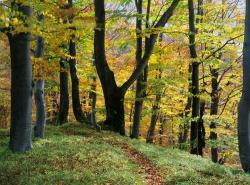 fot. Paweł Fabijański
fot. Paweł Fabijański
